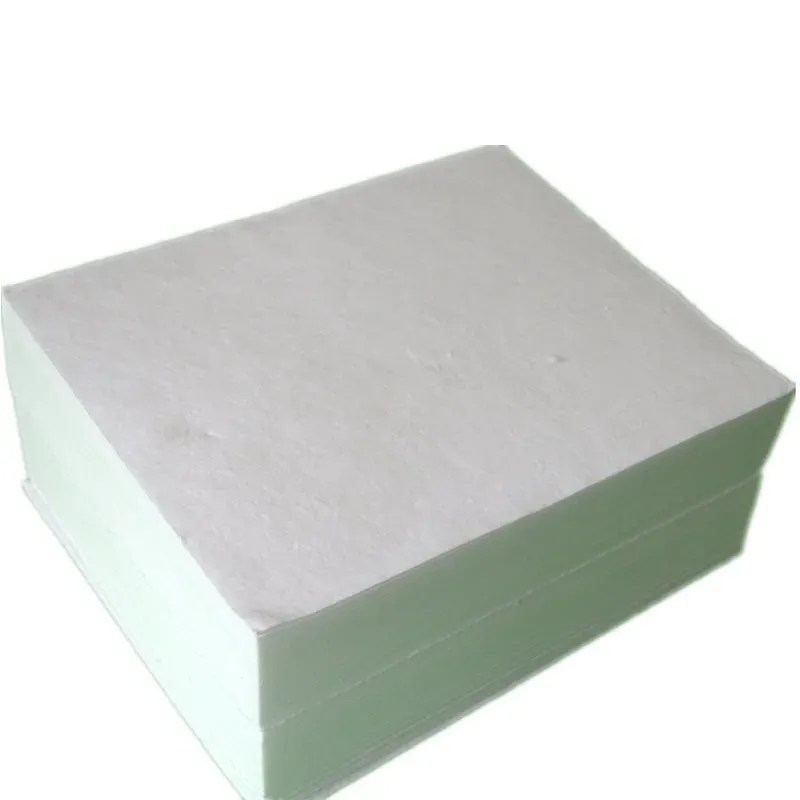total mixed ration for goats
Total Mixed Ration (TMR) for Goats A Comprehensive Guide
Total Mixed Ration (TMR) is an innovative and complete feeding system that is widely used in modern livestock management, particularly for goats. This approach enables farmers to provide a balanced diet, ensuring that the animals receive all the essential nutrients they need in every bite. In this article, we will explore the significance of TMR for goats, its components, benefits, and best practices for implementation.
Understanding Total Mixed Ration
Total Mixed Ration is a method of feeding where all the dietary components are mixed together into a single feed. This process contrasts with traditional feeding systems, where the various components of the diet are fed separately. The TMR method is designed to improve feed efficiency and enhance the overall health and productivity of goats.
TMR typically consists of forages, grains, protein sources, vitamins, and minerals. The specific ingredients can vary depending on the nutritional needs of the goats, which can differ based on age, gender, lactation status, and production goals.
Components of TMR for Goats
1. Forages These are the primary source of fiber, essential for the proper digestion of goats. Common forages include alfalfa, grass hay, and silage. They should make up the majority of the ration.
2. Grains These provide energy and are typically included in the TMR in appropriate amounts. Common choices include corn, barley, and oats.
3. Protein Sources Goats require a certain level of protein for growth and milk production. Soybean meal and canola meal are popular choices to ensure adequate protein levels.
4. Vitamins and Minerals Supplementing with vitamins and minerals is crucial for the overall health of goats. Calcium, phosphorus, magnesium, and trace minerals should be included in the TMR formulation.
Benefits of Using TMR for Goats
1. Balanced Nutrition TMR ensures that goats receive a well-balanced diet in every mouthful, which is especially important for pregnant or lactating does.
total mixed ration for goats

2. Improved Feed Efficiency By mixing the feed components, goats can reduce selective eating habits, leading to more consistent nutrient intake and better feed conversion rates.
3. Better Digestibility TMR improves the digestibility of the feed, as it allows goats to consume a more palatable and homogenous diet. This can lead to improved rumen health.
4. Reduced Waste The TMR approach minimizes feed wastage, as everything is mixed and presented to the goats together.
5. Increased Productivity With proper nutrition, goats can exhibit better weight gain, milk production, and overall health, resulting in higher productivity and profitability for farmers.
Best Practices for Implementing TMR
1. Nutritional Formulation Work with a livestock nutritionist to formulate a balanced TMR that meets the specific needs of your goats.
2. Quality Ingredients Ensure the feed ingredients are of high quality. Regularly check for mold, spoilage, and contamination.
3. Mixing Equipment Use appropriate mixing equipment such as a feed mixer or TMR wagon to achieve a uniform blend of ingredients.
4. Regular Evaluation Continuously monitor the health and performance of the goats to adjust the TMR as necessary based on changes in their dietary needs or production goals.
5. Hygiene and Storage Maintain proper hygiene and storage practices to prevent spoilage and nutrient loss in the feed.
Conclusion
Total Mixed Ration is a highly effective feeding strategy for goats that offers numerous advantages in terms of nutrition, efficiency, and overall health. By understanding the components of TMR and following best practices for its implementation, goat farmers can enhance the welfare of their animals and improve their productivity. Embracing this innovative feeding system can lead to sustainable farming practices and better outcomes in the goat industry.
-
Your Go-To Guide For Affordable Wholesale Wool FeltNewsOct.31,2024
-
The Trusted Source For Industrial Felt And Hotel TowelsNewsOct.31,2024
-
Premium Industrial Felt Solutions For Every IndustryNewsOct.31,2024
-
Enhancing Performance With Industrial Felt FabricsNewsOct.31,2024
-
Elevating Performance With High-Quality Industrial Felt MaterialsNewsOct.31,2024
-
Brighten Your Projects With Vibrant Colored FeltNewsOct.31,2024
-
Unleash Your Creativity with Stylish Felt ProductsNewsOct.30,2024







